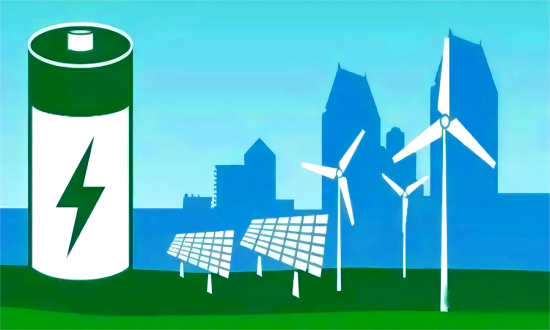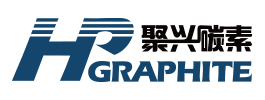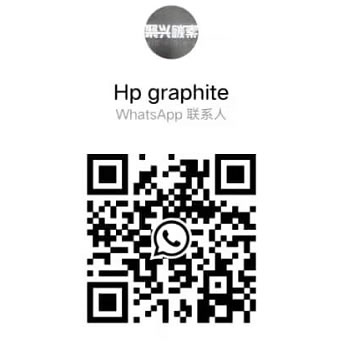【Anode】Strong Demand in Energy Storage Battery Market, Anode Demand Rebounds!

The rapid growth of the EV and energy storage industries is boosting demand for high-performance lithium batteries, driving the market for quality petroleum coke and synthetic graphite. The quality and particle size of calcined petroleum coke directly affect synthetic graphite performance, especially in anode production.
【Anode】Strong Demand in Energy Storage Battery Market, Anode Demand Rebounds!
The anode market continues to show signs of recovery. Despite petroleum coke prices remaining high, demand from energy storage and heavy trucks is rising. Coupled with the arrival of the traditional peak season for power and digital applications, the pace of anode production has accelerated, and raw material procurement sentiment is strong: major manufacturers have significantly increased output, medium-sized producers are eking out marginal profits, and some small factories have restarted operations. The overall market is using cash flow to secure market share, with intensified competition for orders, though the price inflection point has yet to arrive.

Demand Side Heating Up
Although the power market saw a short-term decline in weekly sales due to concentrated deliveries at the end of last month, the weekly penetration rate exceeded 60% for the first time, setting a historical high. New EV makers such as Leapmotor, XPeng, and AITO maintained strong order volumes, driving continued production increases at battery plants. The heavy-truck segment has become a "hidden hot spot," with annual battery demand of 20 GWh already locked in for anode materials. In overseas markets, Chinese automakers made a strong showing at the German Auto Show, with expectations that their market share in Europe will gradually increase. Energy storage demand remains robust, with large-scale projects in Xinjiang, Inner Mongolia, Qinghai, and Gansu providing domestic support; meanwhile, incremental storage orders in the Middle East, Eastern Europe, Southern Europe, and the U.S. have pushed leading cell manufacturers to full production, with the high prosperity expected to continue. Consumer electronics are entering the traditional peak season, and the release of AI smartphones and AI wearables is expected to lift the entire industry chain.
Raw Materials
This week, the petroleum coke price curve continued to edge upward, with demand from anodes, aluminum carbon, and steel carbon all increasing. In particular, the anode market showed strong procurement, port inventories dropped significantly, and oil company inventories remained low. High-grade petroleum coke prices stayed firm at RMB 4,200/ton, while low-grade coke still has room for upward adjustment. The needle coke market, after large-scale price locking at the beginning of the month, has entered a stalemate of "no room to fall, no room to rise," with prices losing elasticity, overall supply-demand remaining balanced, and short-term stability expected. Graphitization outsourcing volumes have inched up, with average market prices for different furnace types stable at RMB 8,500–12,000/ton, though a few companies are trading price for volume, making it hard to reverse the cost curve in the short term.
Natural graphite continues to move sideways, with large manufacturers' selling prices slightly lower than last month. In North America, Australia, and Africa, graphite mines and anode projects remain mostly at the financing, exploration, or construction stages, unable to challenge China's dominant position in synthetic graphite in the short term.
Silicon-based anodes are benefiting from the dual drivers of digital consumption and electric aviation. Apple's iPhone 17 Air will feature silicon doping for the first time, with ATL and TDK already securing quarterly orders in the hundreds of tons. With new smartphone launches from Apple, Huawei, and Xiaomi, demand for silicon-carbon anodes and porous carbon carriers is expected to rise. In addition, XPeng's HT Aero flying car completed its debut flight in Dubai with 5,000 intention orders, and UBTECH humanoid robots secured another billion-yuan order, making silicon-carbon anodes the first choice for high energy density applications. On the capacity side, Huayi Qingchuang signed a 3,000-ton "one-step" silicon-carbon production line project, while DaoShi Technology's 1,000-ton fluidized bed facility will begin feeding by year-end.

Overseas Developments
Trump included graphite, nickel, and tungsten in the zero-tariff list, creating opportunities for Indian and African mines to enter the U.S. market. ExxonMobil acquired Superior Graphite's Kentucky plant and plans to add 24,000 tons of synthetic graphite capacity by 2029, marking the official entry of a foreign oil giant into the synthetic anode sector by leveraging its resource advantage.
Outlook for Q4
The anode industry is expected to continue operating under a "high production, low profit" model. Energy storage, heavy trucks, power, and digital applications together will drive shipment growth of synthetic graphite, but cost pressures are unlikely to ease significantly. In terms of prices, mid-range synthetic graphite is expected to remain flat until annual pricing contracts with battery makers conclude in December. (Source: ICC Information)
Feel free to contact us anytime for more information about the Anode Material market. Our team is dedicated to providing you with in-depth insights and customized assistance based on your needs. Whether you have questions about product specifications, market trends, or pricing, we are here to help.
No related results found








0 Replies